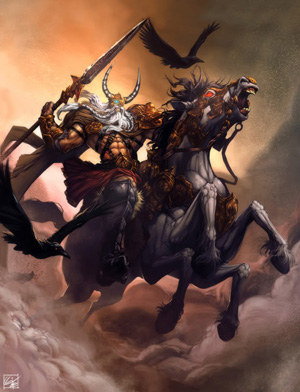Reflection, Like a
Mirror
At
the beginning of this course entitled Multigenre Literacy in a Global Context,
I was unsure what that entailed. What I've learned it to mean is the way we
communicate globally and literately is through effective uses of technology. It
is not only important to be able to use technology effectively, but also to be
able to teach others how to use it. I knew how to use computers, the internet,
and presentation software prior and didn't think this class had much to offer,
but I discovered that using technology and teaching it are two very different
things.
Beginning
the poetry section by analyzing a favorite song is a wonderful way to introduce
poetry to the claimed non-fan. I, being a huge fan of poetry, enjoy music and
lyrics for this reason. I’ve heard a quote one time that a short story author
is a failed poet- and a novelist is a failed short story author. I am
fascinated by the ability that poets have to fit so much meaning into so few
words. Attempting to write parodies of songs like Weird Al does allowed me to
appreciate the talent and ability it takes to accomplish such a task. I kind of
shocked myself when writing my own poetry; by no means do I think my poems were
spectacular, but I have written poetry before, and it usually ends up cheesy
and sappy. These ended up slightly
philosophical and perplexing.
I hadn't learned about mythology since freshman year of high school and never
anything about Norse or Asian or African mythologies. I had only ever studied
Greek and Roman, and even those were very brief. Because of my lack of
experience with myths and mythology, I wished we were able to spend more time
with these different mythologies. As an English major, I think my knowledge of mythological
gods and heroes is lacking.
I
was impressed with our class’s ability to present new educationally-effective
technologies for the classroom. I still use Pandexio daily and think it is a
huge tool for anyone reading digital material and taking notes, synthesizing, and/or
collaborating. I was impressed with all the features of Google docs and Google+
as I have used them before, but never collaboratively. Working as a group used
to be such a pain, going out of our ways to meet up. Now, all these different
services offer live collaboration tools online.
Ending
the course with Sofia Coppola’s Lost in
Translation was the icing on the cake for me. Language is the most
effective form of communication that we have, giving words themselves power,
but in the movie, language is a barrier. Much of what is said in the movie is
either in Japanese or mumbled and inaudible to the audience. The acting, then,
comes from facial expressions, reactions, and mannerisms. In a movie about lack
and emptiness, Lost in Translation communicates
most effectively through a lack of dialogue.
I
am in a fantasy hockey league with a group of my friends from all over the
country and since enrolled in this class, I have written weekly recaps for the
season. After writing frequently to this blog and others, I feel confident and
excited to continue posting to a public forum. Granted, these weekly sports
writings mostly consist of player stats and name-calling, but my words are out
there for the world to see, and my friends have even claimed to look forward to
what I will say each week. Before this class, I had no intention of regularly
posting things online, and this blog
may not stay alive, but somewhere soon, another will be born.

